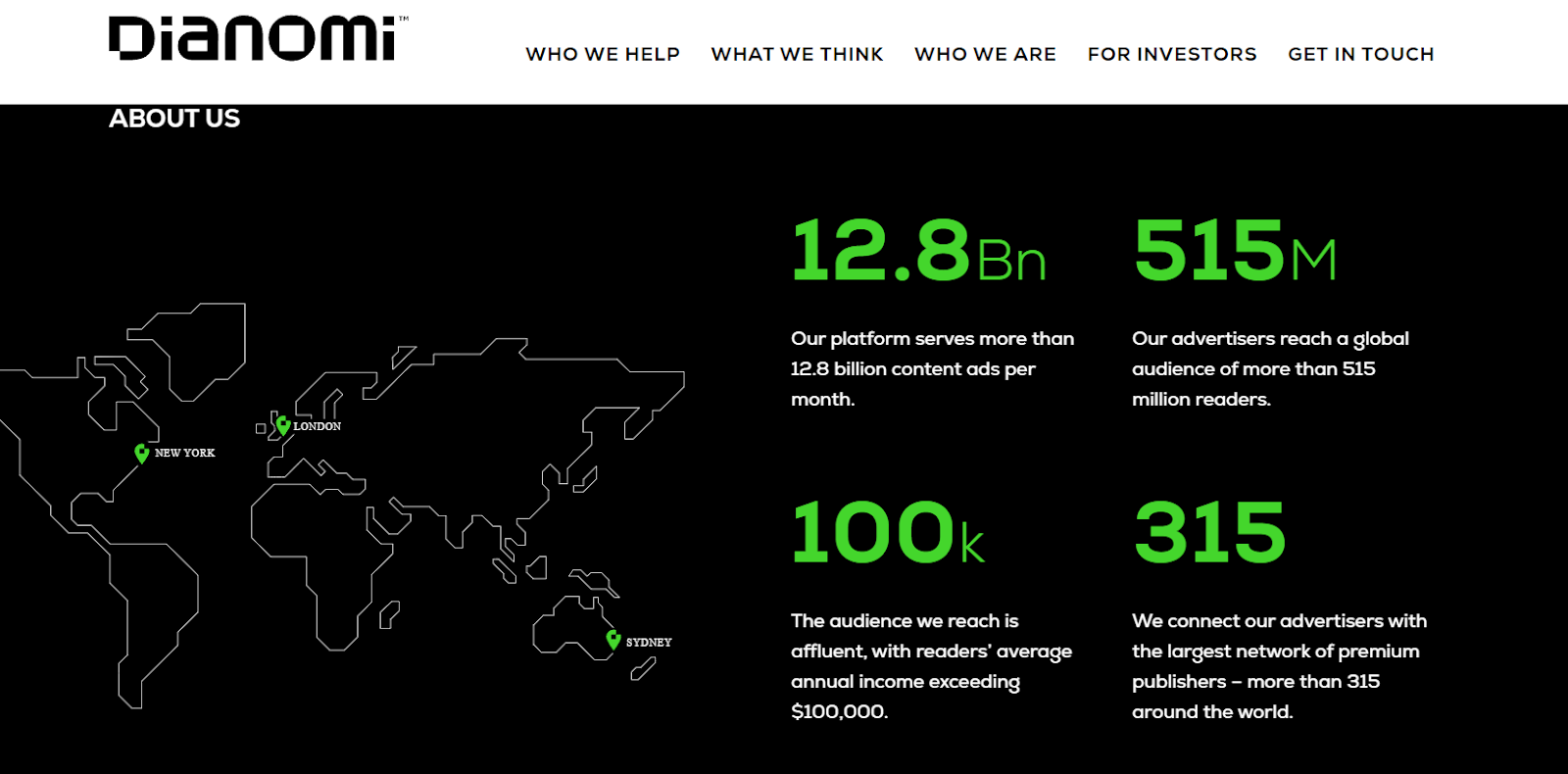Content, once published online, rarely remains rooted to the same spot. It goes through an entire lifecycle of being published, shared, updated and — in many cases — being republished via content syndication platforms.
For both publishers and content creators, syndicating content can be a daunting prospect. On one hand, content syndication can help achieve greater visibility and generate additional backlinks that increase traffic to the site and convince Googlebot that a site is reputable. On the other hand, Google penalizes duplicated content and publishers could see their content slide down the search engines results page (SERP) rankings
Despite the risks, syndicated content is still a strategy worth pursuing, given the potential audience traffic and lead generation upside, as long as publishers minimize the risk.
For those just beginning to explore this space, check out our detailed guide on content syndication SEO to understand more about the process, its benefits and also its pitfalls.
What Is a Content Syndication Platform?
A content syndication platform is a tool that enables the distribution of content across multiple platforms. It is a crucial component of a content syndication strategy, allowing publishers to amplify their reach by distributing their content to various third-party platforms. These platforms typically specialize in content syndication marketing and offer a range of features such as scheduling, tracking and reporting.
Content syndication platforms typically support different types of content such as articles, videos, infographics and other visual content.
Some of the most popular content syndication platforms include Outbrain, Taboola and Flipboard. By using a content syndication platform, publishers can increase their exposure while maintaining control over their brand messaging and content quality.
Why Is Content Syndication Important?
Content syndication is an increasingly important growth tool for publishers, given that it can both boost content engagement as well as SEO performance through backlink generation.
Indeed, the content syndication market’s value is projected to grow from $4.5 billion in 2020 to $5.3 billion in 2027.
Content syndication networks provide a way for existing content, especially evergreen content, to be reused in another space, saving time, money and effort. As this content is distributed to new places, it provides a chance to gain more traffic as audiences follow the content trail from the third-party site to the original publishers.
Another major benefit of content syndication is that small publishers can piggyback on the authority and reach of larger publishers who choose to republish their content. However, sometimes the reverse can also come true. If the content ends up on a site less reputable than the original, then the content may come to be viewed as less trustworthy.
With that in mind, here’s our list of the 10 best content syndication platforms in 2024.
 Edited by Andrew Kemp
Edited by Andrew Kemp 




























